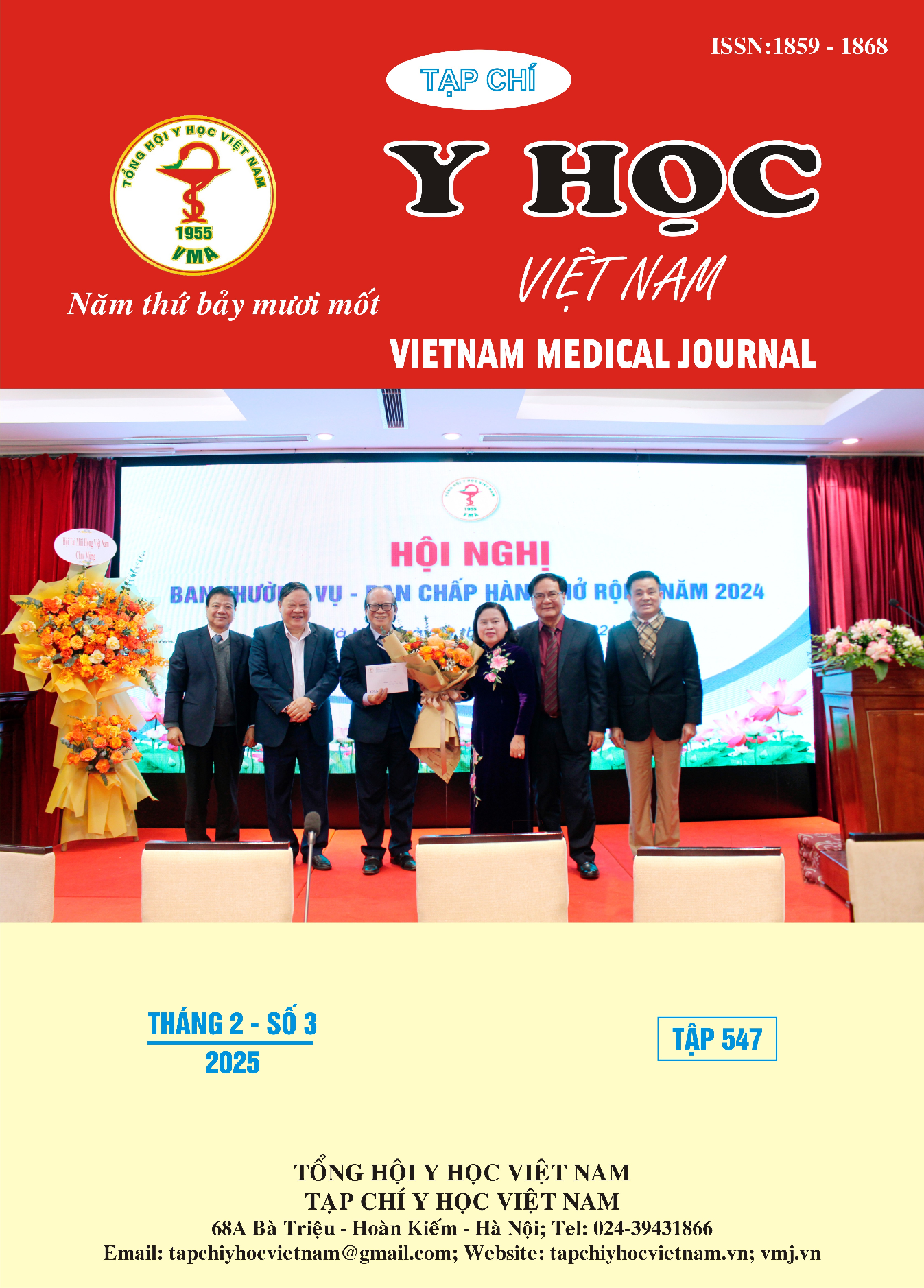THE CHARACTERISTICS OF PEDIATRIC TRAUMATIC SHOCK AT CHILDREN'S HOSPITAL 1
Main Article Content
Abstract
Introduction: Trauma has surpassed other diseases as the leading cause of death and morbidity among children. Traumatic shock remains a common and preventable cause of mortality in pediatric trauma patients. Objective: To investigate the epidemiological, clinical, paraclinical characteristics and outcomes of traumatic shock Children's hospital 1. Describe factors associated with mortality and sequelae in traumatic shock. Methods: Case series series report study on pediatric traumatic shock patients admitted to the Emergency Department of Nhi Dong 1 Hospital from July 2019 to June 2024. Results: A total of 32 traumatic shock cases were recorded, with 75% being male and 68.8% aged 11-<16 years. Traffic accidents were the most common cause, with blunt trauma as the primary mechanism (90.6%). Coma occurred in 9.4%, and respiratory failure in 28.1%. PTS ≤8 (severe and very severe) accounted for 56.2%, with abdominal injuries being the most common (68.8%). Most cases involved multi-organ injuries (≥ 2 organs). Lactate levels > 4 mmol were noted in 65.6% of cases. Among five cases under "Code Red" activation, four survived. The mortality rate was 6.2%. Factors associated with mortality and sequelae (p<0,05) included: CRT >2s, PTS ≤5, GCS ≤8, respiratory failure, traumatic brain injury, altered consciousness, pH <7,2, CPR during treatment, vasopressor use, and a high volume of fluid resuscitation. Conclusion: Early identification of associated factors and timely intervention play a critical role in improving prognosis.
Article Details
References
2. Nguyễn Khánh Linh, Đinh Tấn Phương và Phạm Văn Quang. Đặc điểm dịch tễ, lâm sàng và điều trị bệnh nhi sốc chấn thương tại bệnh viện Nhi Đồng 1, Tạp Chí Y học TP. Hồ Chí Minh, 2020, 24(3): 401-409.
3. Acker SN, Partrick DA, Ross JT, et al. Head injury and unclear mechanism of injury: initial hematocrit less than 30 is predictive of abusive head trauma in young children, Journal of pediatric surgery, 2014, 49(2): 338-340.
4. Aoki M, Abe T, Saitoh D, et al. Epidemiology, patterns of treatment, and mortality of pediatric trauma patients in Japan, Scientific reports, 2019, 9(1): 917.
5. Bao Y, Ye J, Hu L, et al. Epidemiological analysis of a 10-year retrospective study of pediatric trauma in intensive care", Scientific Reports, 2024, 14(1): 21058.
6. Cintean R, Eickhoff A, Zieger J, et al. Epidemiology, patterns, and mechanisms of pediatric trauma: a review of 12,508 patients", European journal of trauma and emergency surgery, 2023, 49(1): 451-459.
7. De los Ríos-Pérez A, García A, Cuello L, et al. Performance of the Paediatric Trauma Score on survival prediction of injured children at a major trauma centre: A retrospective Colombian cohort, 2011–2019, The Lancet Regional Health–Americas, 2022, 13: 100312.
8. Rosenfeld E, Lau P, Zhang W, et al. Defining massive transfusion in civilian pediatric trauma", Journal of pediatric surgery, 2019, 54(5): 975-979.


